Becoming highly reliable and understanding how we interact are the next waves
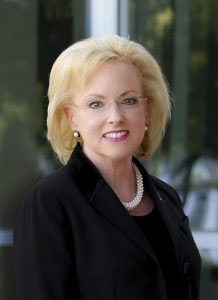

Kathleen M. Sutcliffe, PhD, safety expert and Johns Hopkins University professor, predicts that “the next waves of innovation will focus on improving how people interact with one another and how they organize their day-to-day work.” Dr. Sutcliffe notes that we need to better understand the day-to-day practices that influence keeping patients safe and, I add, keeping nurses safe.
To do so, we must understand how high reliability in industries like aviation and nuclear power have become remarkably safer over time. High-reliability organizations (HROs) are a subset of organizations that operate nearly error free for long periods of time. They know what works to ensure high reliability within unforgiving, complex environments.
So how does healthcare stack up against these HRO characteristics? This very question was posed in the Institute of Medicine’s groundbreaking 1999 report To Err is Human. “Healthcare is not unique among high-risk, high reliability industries, pointing out that it too is concerned with learning how to prevent, detect, recover and learn from mishaps and accidents.” To move toward the same HRO performance levels as aviation and nuclear power, Dr. Sutcliffe suggests a profound change in our approach: Move away from the term high-reliability organizations to high-reliability organizing. She suggests that “organization” is too static. “Organizing,” a more dynamic term, reflects the power of continuously modifying and adapting to our ever-changing healthcare environment.
Safeguarding patients: The courageous communication solution
On the CUSP: How to implement a comprehensive unit-based safety program
I propose that nursing organizations at the hospital and unit level get more involved in becoming more highly reliable by engaging in the five daily habits that improve reliability and support enhanced care coordination: preoccupation with avoiding failure, avoiding simplification of event interpretation, understanding what’s involved in current patient safety situations, building resilience in the organization and staff, and developing flexible decision structures with more expert input to ensure improved decision making. Every nurse and nurse leader requires focused education about HROs and how to implement proven strategies. Dr. Sutcliffe describes “organizing for high reliability” as the future. High-reliability leadership, from the bedside to the boardroom, means taking actions to successfully unsettle organizational routines to increase alertness and awareness as well as the quality of progress toward high reliability.
If you and your organization are on the HRO journey, let us hear from you. How did you get started? What advice do you have for others? Nursing is in a leadership position to transform practices to keep patients and nurses safer. Let’s use the proven work of the experts and their decades of experience to lead the next waves of innovation.


Lillee Gelinas, DNP, RN, CPPS, FAAN
Editor-in-Chief
Reference
Weick KE, Sutcliffe KM. Managing the Unexpected: Sustained Performance in a Complex World. 3rd ed. Hoboken, NJ: Jossey-Bass; 2015.
To read more from Dr. Gelinas and submit a letter to the editor, visit myamericannurse.com/about-the-editor.

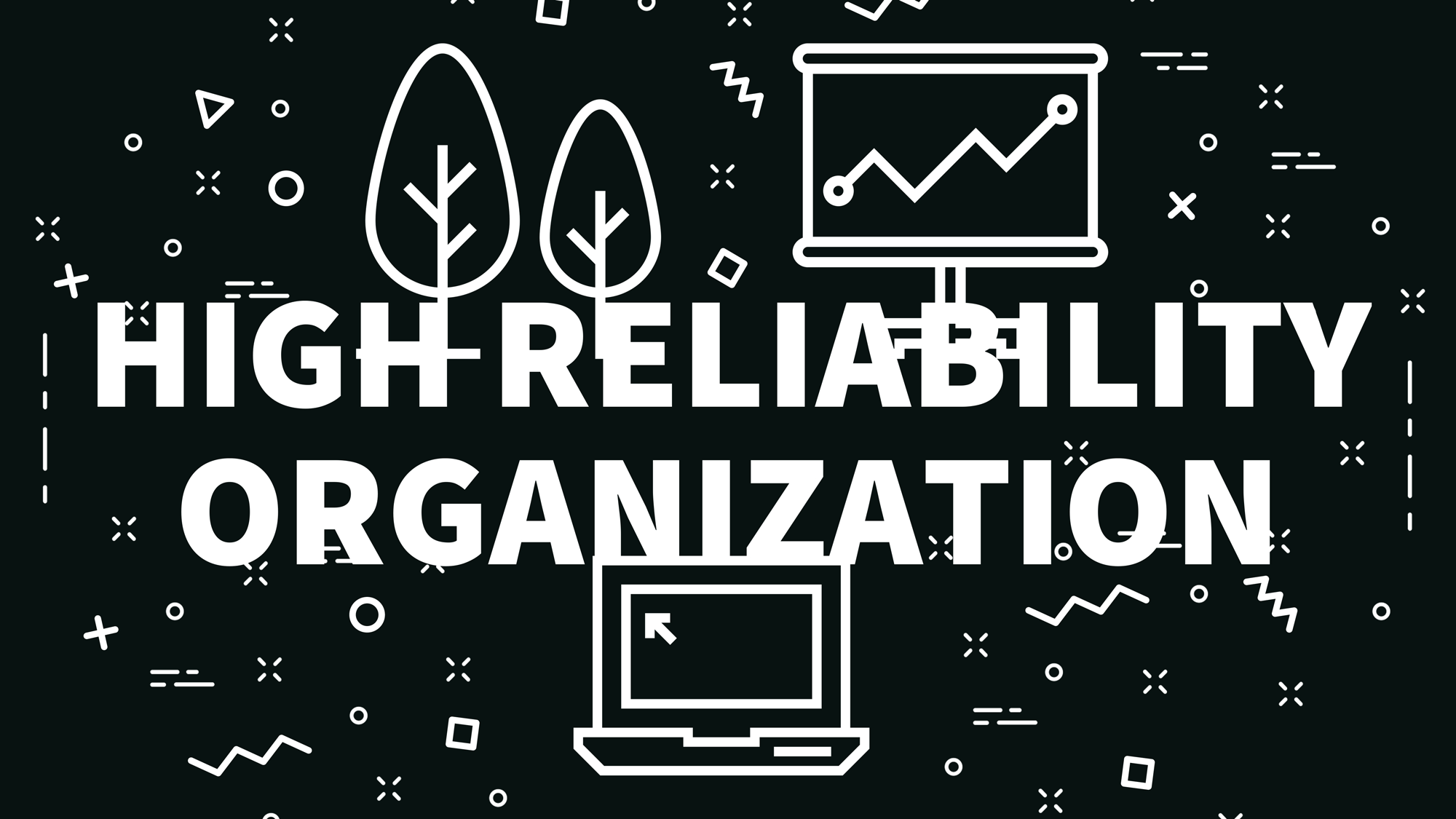


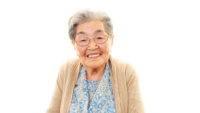







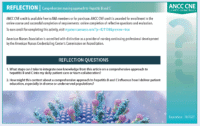
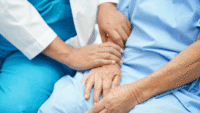

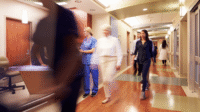

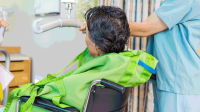
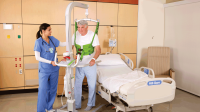
1 Comment. Leave new
ok